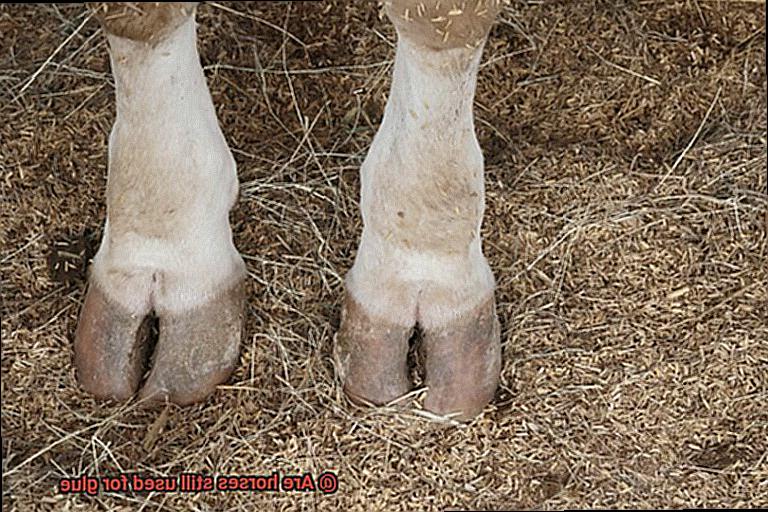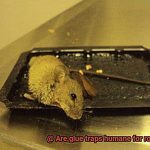When you think of glue, do you picture horses and the sticky mess they leave behind? It’s a common association, but have you ever wondered if horses are still used for glue production today? Well, the answer is a bit complicated. In this blog post, we’re going to dive into the fascinating world of glue manufacturing and explore the current role that these magnificent creatures play in this age-old process.
Horses have long been linked to glue production because of their collagen-rich connective tissues found in their hides, tendons, and bones. Back in the day, horses were essential for making glue as their byproducts were abundant and easily accessible. These byproducts would go through a careful process of boiling and rendering to extract the collagen, which is a key ingredient in creating glue.
However, with advancements in technology and changes in industries, the reliance on horse-derived glue has significantly decreased. Nowadays, synthetic adhesives dominate the market due to their improved versatility and performance. This shift not only reduced the demand for horse-derived glue but also addressed concerns about animal welfare and sustainability.
But don’t saddle up just yet. Horses still have an indirect involvement in glue production, albeit on a much smaller scale. Some specialty glues used in restoration or conservation work may contain trace amounts of animal-derived collagen. In these cases, horses (alongside cows and pigs) might contribute to the supply chain.
While there’s an ongoing debate regarding the ethics of using animals for glue production, it’s important to note that significant improvements have been made over time. Strict regulations and animal welfare standards now ensure that any animal byproducts used are obtained ethically and sustainably.
As we delve deeper into this intriguing world of glue production, we’ll explore alternative options to horse-derived glue and shed light on how advancements have revolutionized the adhesive industry. So, stay tuned to learn more about eco-friendly choices, the implications of using horses in glue production, and what the future holds for this timeless practice.
In conclusion, while horses no longer play a starring role in glue manufacturing, their presence can still be felt within certain niche sectors of the industry. Synthetic alternatives have taken center stage, showcasing their versatility and effectiveness. So, let go of those old associations between horses and glue—it’s time to discover the modern world of adhesive innovation.
What Are Horse Glue Production?
Contents
- 1 What Are Horse Glue Production?
- 2 Historical Use of Horses for Glue
- 3 Advances in Technology and Synthetic Adhesives
- 4 Ethical and Animal Welfare Concerns
- 5 Growing Awareness of Cruelty-Free Products
- 6 Decline in Horse-Based Glue Production
- 7 Alternatives to Animal-Based Glues
- 8 Niche Industries that Utilize Animal-Based Glues
- 9 Conclusion
For centuries, horse glue, also known as animal glue, has been an essential adhesive solution derived from the hooves, bones, and connective tissues of horses. However, with advancements in technology and changing societal attitudes towards animal welfare, the production of horse glue has significantly declined. This article explores the transition from horse glue to synthetic adhesives and the factors contributing to its decline.
The Rise of Synthetic Glues:
- Technological Advancements: In modern times, remarkable strides in adhesive technology have revolutionized the industry. Synthetic glues like polyvinyl acetate (PVA) and cyanoacrylate offer a plethora of advantages compared to their animal-based counterparts. With increased strength, faster drying times, and improved moisture resistance, synthetic glues have become the go-to choice for many applications.
- Accessibility and Cost-Effectiveness: The production of synthetic glues is easier and more efficient compared to horse glue. Manufacturers can rely on consistent quality and quantity without depending on animal sources. This accessibility makes synthetic glues a cost-effective alternative for industries worldwide.
Ethical Considerations:
- Animal Welfare Concerns: Extracting collagen from horse parts involves slaughtering animals specifically for their hides and bones. As society becomes increasingly concerned about animal welfare, using horses solely for glue production is seen as unnecessary and potentially cruel.
- Cruelty-Free Alternatives: Consumers are demanding products that align with their ethical values. The availability of synthetic glues provides an attractive option that avoids using animals for commercial purposes.
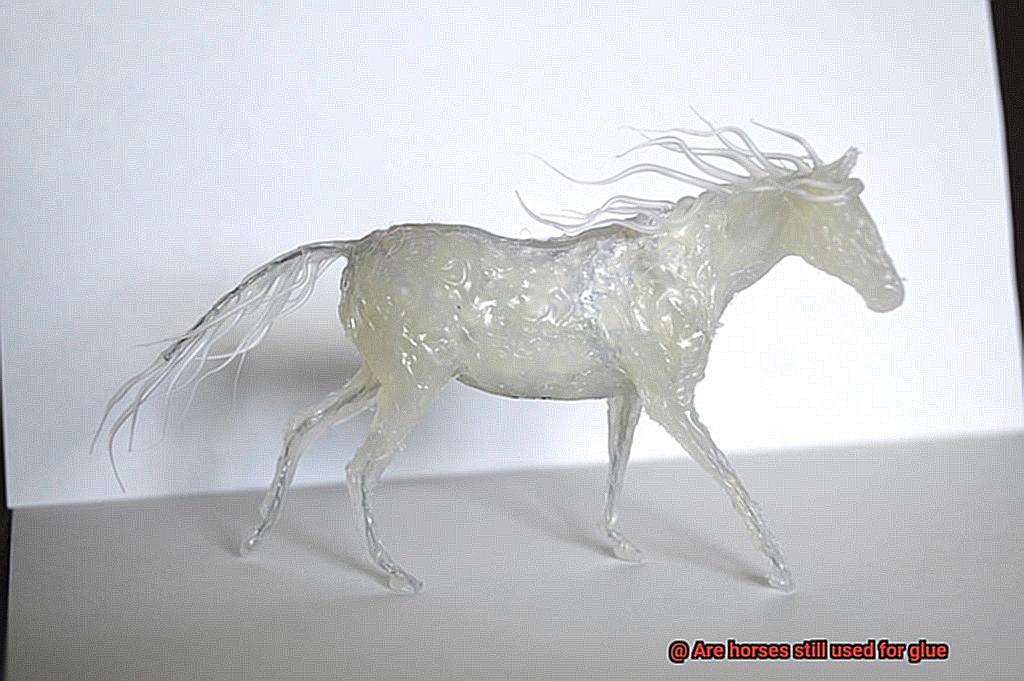
Regulations and Safety:
Stricter Regulations: Many countries have implemented stringent regulations on animal by-products to ensure product safety and address public health concerns. These regulations impact the production and distribution of animal-based glues, contributing to their decline.
Niche Applications and Artisanal Crafts:
While horse glue’s overall use has declined, it still finds niche applications and is valued in artisanal crafts where traditional methods are preferred for authenticity or historical accuracy. These include bookbinding, woodworking, and restoration practices.
Historical Use of Horses for Glue
Glue, a sticky substance that has been vital for human innovation and construction throughout the ages, has a fascinating history deeply entwined with the role of horses. This article explores the captivating journey of horse glue, from its ancient beginnings to its eventual decline in favor of modern alternatives.
Ancient Beginnings:
In the annals of history, civilizations such as the Egyptians, Greeks, and Romans discovered the valuable adhesive properties hidden within horse carcasses. While horses were primarily used for transportation and agriculture, their remains became a resource when they passed away or suffered irreparable injuries. Ancient societies learned to boil horse bones in large vats, extracting a gelatinous substance that could be refined into a powerful adhesive.
Versatile and Valued:
Horse glue quickly gained renown for its exceptional strength and durability. It became an indispensable material in construction, bookbinding, woodworking, and even on the battlefield during times of war. In medieval Europe, horse glue played a pivotal role in erecting magnificent cathedrals and other grand structures, solidifying its place as a cornerstone of innovation.
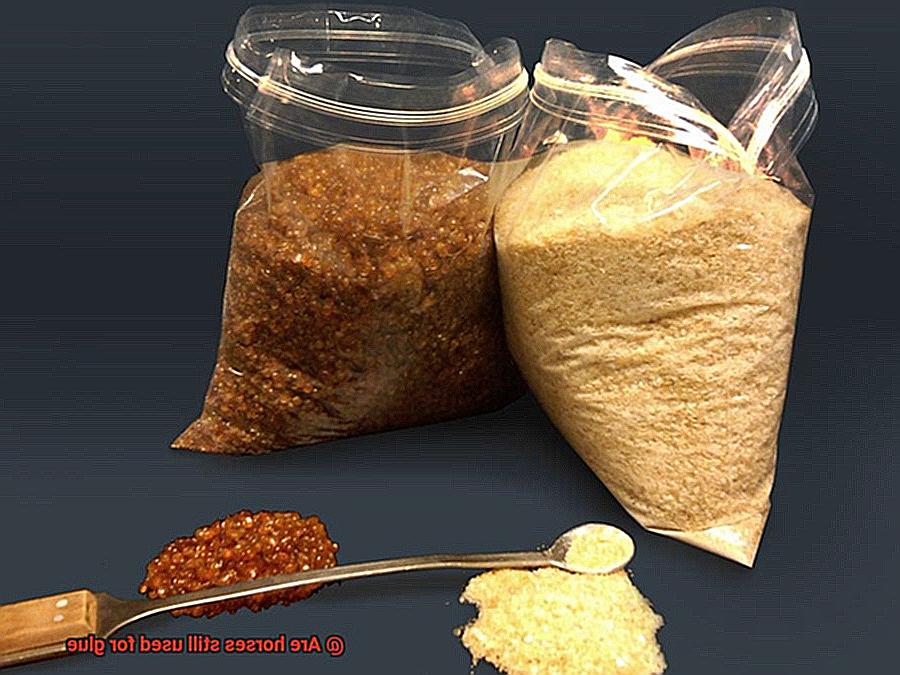
Changing Tides:
As industrialization swept across the globe in the 18th and 19th centuries, new methods of producing glue emerged. Although horse glue persisted, alternative sources like animal hides and bones from various species began to be utilized. This shift marked the beginning of horses losing their exclusive role in glue production.
The Rise of Synthetic Alternatives:
The 20th century saw a revolutionary transformation in the adhesive industry with the introduction of synthetic glues. These modern marvels offered unparalleled versatility, faster drying times, and superior performance compared to their animal-based counterparts. Consequently, the demand for horse glue dwindled further. Today, most commercial glues are derived from synthetic materials or other animal sources like cattle or pigs.

A Nostalgic Niche:
While horses no longer contribute to glue production, horse glue still finds a niche presence within the realm of artisanal crafts. Artisans who cherish authenticity and traditional methods continue to rely on the unique properties of horse glue. Its historical significance serves as a nostalgic reminder of the resourcefulness and ingenuity of our ancestors.
Advances in Technology and Synthetic Adhesives
Traditional animal-based glues are being replaced by these innovative alternatives that offer superior strength, durability, and versatility. Let’s take a closer look at what makes synthetic adhesives so great:
- Customized Formulations: Synthetic adhesives are formulated using chemical compounds that can be tailored to suit various applications. Whether you need to bond metals, plastics, wood, fabrics, or other materials, there’s a specialized synthetic adhesive for you. These adhesives provide exceptional bonding strength and durability, ensuring your projects stand the test of time.
- Automated Production: Gone are the days of labor-intensive glue production. Synthetic adhesives can be manufactured on a large scale using automated systems, reducing costs and ensuring consistent quality. We’ve bid farewell to horse-based glues and entered an era of efficiency and productivity.
- Environmental-friendly Design: We all care about our planet, right? Synthetic adhesives are produced using non-animal raw materials, eliminating the need for animal cruelty and reducing the environmental footprint associated with glue production. It’s a win-win situation for both us and our furry friends.
- Convenience and Longevity: Synthetic adhesives come in various forms – liquid, paste, tape, film – giving you the freedom to choose the most suitable option for your specific application. Plus, they have longer shelf lives, so you can store them for extended periods without worrying about their quality deteriorating.
Ethical and Animal Welfare Concerns
In this blog post, we will explore the implications of horse glue production on both animals and humans, shedding light on the shifting industry landscape and the growing demand for ethical alternatives.
Historical Perspective:
For centuries, horses have been used in glue production due to the high collagen content found in their hooves and bones. However, with the advent of synthetic alternatives and technological advancements, the reliance on horses for glue production has significantly decreased.
Animal Welfare Concerns:
The use of horses for glue production raises ethical questions about the treatment and well-being of these magnificent creatures. Critics argue that extracting collagen from horses involves inhumane practices, such as slaughtering horses solely for their hooves and bones. These concerns highlight the need for more humane alternatives that respect animal rights.
Legal Regulations:
To address these concerns, many countries have implemented strict regulations to ensure the ethical treatment of animals used in glue production. However, enforcement may vary across regions, leading to potential variations in animal welfare practices.
Shift Towards Synthetic Alternatives:
Advancements in adhesive technology have paved the way for synthetic alternatives to horse-based glues. These synthetic adhesives offer comparable performance while eliminating the need to rely on animal by-products. This shift aligns with society’s increasing concerns about animal welfare and ethical considerations.
Industry Initiatives:
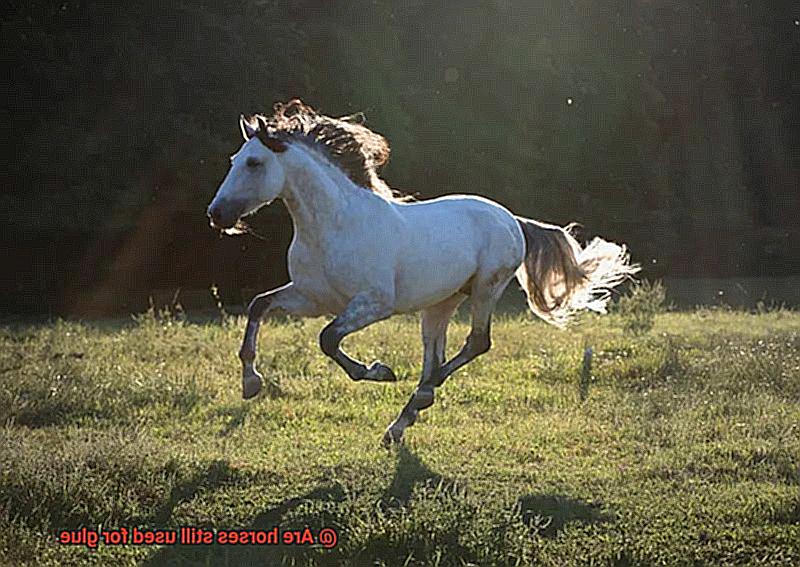
Recognizing the need for change, some glue manufacturers have taken proactive steps to address ethical concerns. They are adopting more sustainable and animal-friendly approaches by using alternative sources of collagen, such as fish or plant-based materials. These initiatives aim to meet consumer demands for products that are both effective and ethically produced.
Consumer Awareness:
Increased awareness among consumers about animal welfare issues has played a significant role in shaping industry practices. Consumers are now more conscious of the products they purchase and seek alternatives that are cruelty-free and animal-friendly. This consumer demand has prompted glue manufacturers to adapt their production methods accordingly.
The Role of Certification Programs:
To aid consumers in making ethical choices, various certification programs and labeling schemes have emerged. These certifications provide assurance that glue products meet specific ethical and animal welfare standards. They empower consumers to make informed purchasing decisions and support companies that prioritize sustainability and animal welfare.

Growing Awareness of Cruelty-Free Products
One notable trend gaining momentum is the growing awareness of cruelty-free products. This shift towards ethical and sustainable consumption is propelled by a plethora of factors, including the profound impact of animal testing on consumer purchasing decisions, the surge in eco-friendly alternatives, and the pivotal role of companies in promoting cruelty-free goods.
Impact of Animal Testing on Consumer Purchasing Decisions:
The shocking reality of animal testing has ignited a wave of consumer activism. People are now more enlightened than ever about the unethical treatment of animals across various industries. Consequently, they are making conscious choices to support brands that do not engage in animal testing. When shopping for cosmetics, personal care products, and even household items, consumers actively seek out cruelty-free labels as a testament to their commitment towards compassionate consumption.
Rise in Eco-Friendly Product Options:
In tandem with the demand for cruelty-free products, there has been an upsurge in the availability of eco-friendly alternatives. Companies are investing in research and development to create sustainable and ethical substitutes for conventional products. For instance, vegan leather crafted from plant-based materials is gaining popularity as a cruelty-free alternative to animal-derived leather. Similarly, eco-friendly cleaning products made from natural ingredients are supplanting harsh chemicals that harm both animals and the environment.
Role of Companies in Promoting Cruelty-Free Goods:
Brands and companies have recognized the significance of catering to the growing demand for cruelty-free products. Many have adopted comprehensive cruelty-free policies and obtained certifications from reputable organizations to showcase their unwavering commitment to ethical practices. By doing so, these companies not only gain the trust and loyalty of consumers but also contribute significantly towards reducing harm to animals.
Decline in Horse-Based Glue Production
As technology progresses, consumer preferences shift, and the horse industry undergoes significant changes, the traditional glue-making process is forced to adapt. Join me as we delve into the factors behind this transformative shift.
Advances in Technology:
The glue industry has been revolutionized by the emergence of synthetic adhesives. These modern alternatives offer increased efficiency and cost-effectiveness, making them the preferred choice in various sectors. From construction to packaging, synthetic glues have surpassed the need for horse-based glue, becoming a go-to option for professionals and consumers alike.
Changing Consumer Preferences:
In recent years, society’s growing concern for animal welfare has sparked a seismic shift in consumer preferences. People are increasingly seeking out cruelty-free products and demanding ethical sourcing practices. In response, manufacturers have explored alternative sources of glue that do not involve horses, aligning their practices with the values of their conscientious customer base.
Shifts in the Horse Industry:
Do you remember when horses were a common sight on farms and used for transportation? Those days are fading into history as machinery and modern farming techniques take over. With reduced demand for horses, there are fewer available for glue production. This decline in horse-based industries has played a significant role in reducing horse-based glue production.
The Positive Impact:
While the decline of horse-based glue production has had some negative consequences for those involved in the industry, it has also resulted in improved animal welfare. Horses are no longer bred solely for their glue-producing capabilities, which is undoubtedly a positive outcome of this shift. The ethical treatment of animals has taken precedence over commercial exploitation.
Reviving Tradition:
Despite the overall decline in horse-based glue production, there remain niche markets and specialty applications where traditional methods hold value. Some manufacturers have recognized this and are catering to customers who appreciate the historical significance and craftsmanship associated with horse-based glue. These companies have found a unique space in the market, satisfying the demand of a select group of consumers.
Alternatives to Animal-Based Glues
In this blog post, we will embark on an exhilarating journey into the realm of animal-free glues, discovering the exciting alternatives that have emerged as ethical and environmentally friendly options. As technology advances and our awareness of sustainability grows, it becomes imperative to adapt to more eco-conscious practices. So, let’s dive in and explore the fascinating alternatives to animal-based glues.
Plant-Based Glues:
First and foremost, let’s delve into the realm of plant-based glues. These remarkable alternatives are derived from natural materials such as starches, gums, and resins extracted from plants. Offering a multitude of advantages, they have become increasingly popular. Not only are they non-toxic and biodegradable, but they also leave no harmful impact on the environment.
Furthermore, plant-based glues are sourced from renewable resources, ensuring a sustainable supply chain. They stand proudly as the ideal choice for vegan or cruelty-free products. Examples include soy-based adhesives and starch-based adhesives crafted from corn or potato starch.
Synthetic Glues:
Another riveting alternative to animal-based glue lies in the realm of synthetics. These ingenious glues are created using chemical processes that mimic the adhesive properties of their animal-based counterparts. Synthetic glues offer an array of advantages, including rapid drying times, exceptional strength, and resistance to moisture. They also boast a longer shelf life compared to their traditional counterparts. However, it is crucial to select water-based or eco-friendly synthetic glues to minimize environmental impacts.
Bio-Based Glues:
The quest for sustainable solutions has led researchers to explore bio-based glues derived from renewable resources such as biomass or bio-waste. These innovative alternatives can be produced using agricultural or industrial waste materials, significantly reducing the overall environmental footprint. Examples include glues made from lignin, a byproduct of the paper-making industry, as well as those derived from algae or fungi.
Choosing the Right Glue:
When considering alternatives to animal-based glues, it is paramount to assess the specific requirements of each application. Different industries have varying adhesive needs, ranging from strength and flexibility to durability. By understanding these factors, informed decisions can be made regarding the most suitable glue for each project.
Niche Industries that Utilize Animal-Based Glues
In a world dominated by synthetic adhesives, there are niche industries that hold steadfast to the timeless charm of animal-based glues. These industries appreciate the exceptional bonding capabilities and historical significance of these traditional adhesives. Let’s delve into these industries and explore why they continue to embrace animal-based glues.
Musical Instrument Manufacturing:
Crafting musical instruments demands precision and attention to detail. Traditional instrument makers, especially those working on string instruments like violins, cellos, and guitars, rely on animal-based glues for their exceptional sound quality and resonance. Derived from animal connective tissues or bones, these glues create a bond that enhances tonal characteristics and ensures optimal performance.
Bookbinding:
Bookbinding cherishes its rich history through meticulous craftsmanship. Traditional bookbinders who restore antique books or create replicas turn to animal-based glues for their flexibility and durability. These glues seamlessly repair or reproduce books while maintaining authenticity and historical value.
Woodworking and Furniture Restoration:
Woodworking and furniture restoration demand strong bonds that stand the test of time. Craftsmen appreciate the reversible nature of animal-based glues, allowing for disassembly or repair without causing irreparable damage. These glues excel in joining wood pieces, ensuring the longevity of intricate designs.
Art Conservation:
Art conservators require utmost care and expertise when preserving valuable artworks. Animal-based glues provide a gentle and reversible solution. They repair damaged paintings, secure loose fragments, and reattach flaking surfaces while minimizing impact on the original artwork’s integrity.
Leatherworking:
Leather artisans rely on animal-based glues to create durable goods that withstand everyday use. These glues bond leather pieces, secure seams, and attach embellishments with reliability and durability. In shoe production, bag making, and other leather products, animal-based glues ensure long-lasting performance.
Conclusion
In conclusion, the use of horses for glue production has significantly declined over the years.
While they were once a primary source for glue-making due to their abundant supply of collagen-rich hides, modern advancements in technology and manufacturing processes have rendered their contribution less necessary. Today, synthetic adhesives dominate the market, offering stronger and more versatile options for various applications.
Nevertheless, the overall demand for horse-derived glue has greatly diminished, reflecting society’s shift towards more sustainable and ethical alternatives.

